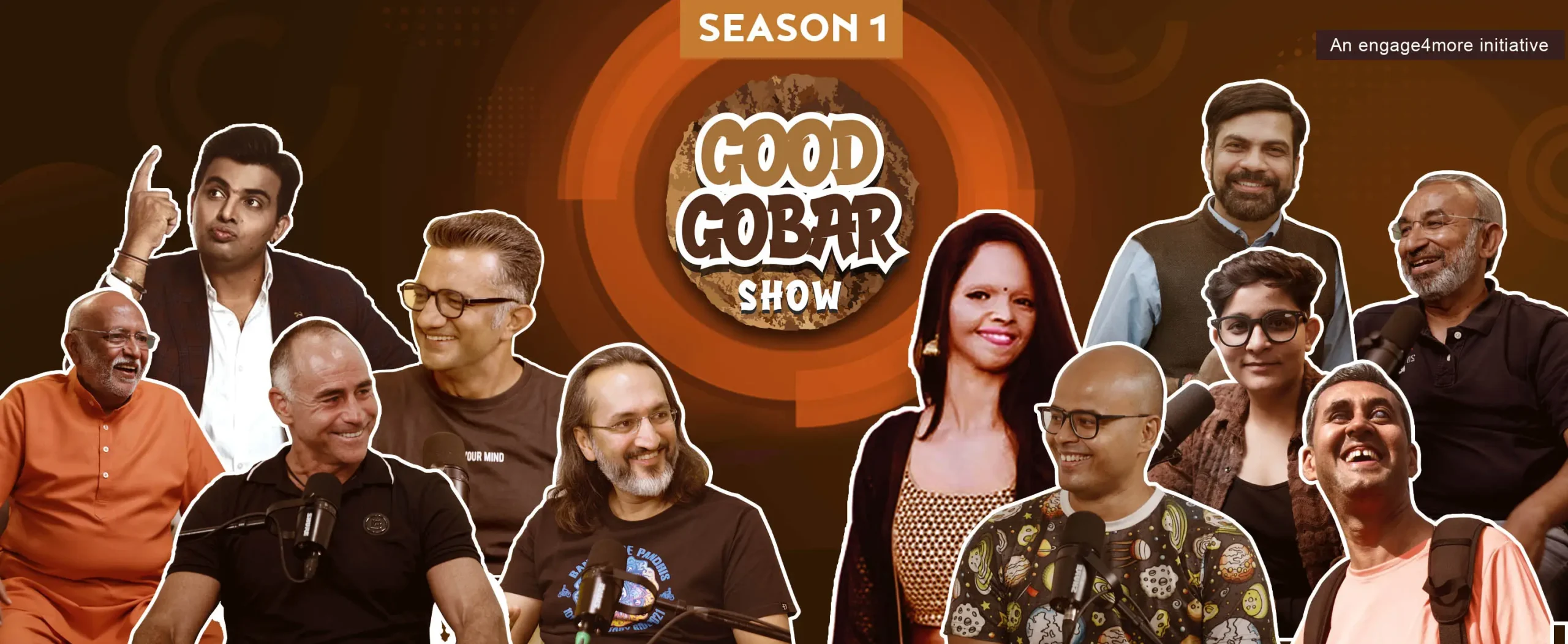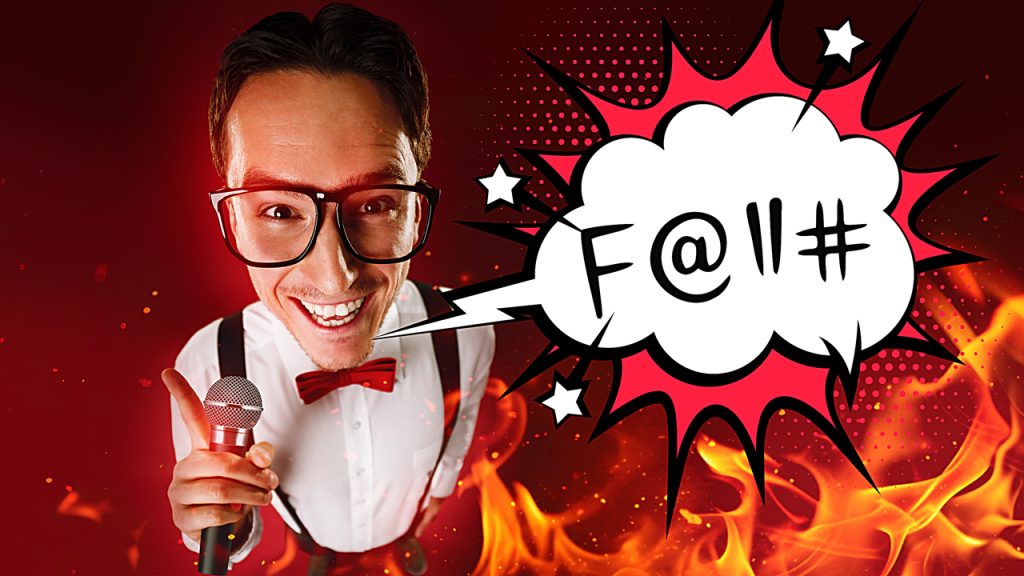How roast comedy evolved from controversy to cult culture in India’s digital and stand-up scene
You are not truly famous until someone has roasted you. And if no one has ever tried to mock you publicly, you are either not important or incredibly boring. Roast comedy isn’t just another format in the comedy universe; it’s that gloriously twisted cousin who shows up late to the party, insults your outfit, makes everyone laugh, and somehow leaves with more respect than they came with.

Let’s go back, way back, before TikTok punchlines, Netflix specials, and YouTube thumbnails. Back to when comedy was a sword disguised as a smile. (Image courtesy: tbn)
The Ancients Knew How to Roast
Comedy was never just for giggles. In Ancient Greece, playwright Aristophanes was dragging philosophers like Socrates through theatrical mud before “dragging” was even a thing. His plays were satire on steroids, mocking politics, war, and whatever made Athens uncomfortable.

In Ancient Rome, Juvenal was penning poems that were basically long-form roasts that were attacking corruption, hypocrisy, and Roman excess. The man was fearless. Even in India, we had the Vidushaka, the sarcastic jester of Sanskrit plays, blatantly mocking royal decisions and whispering harsh truths wrapped in silly punchlines. (image Courtney: ytimg)
So, no, roast comedy is not a Western invention. It’s been part of human culture for millennia. The medium evolved. The essence? Untouched. Roast has always been that audacious friend who says what everyone else is thinking.
From Banana Peels to Biting Punchlines
Slapstick ruled for a while. Renaissance-era Commedia dell’arte brought physical comedy center stage, such as people falling over, exaggerated facial expressions, and over-the-top fools. Then came Shakespeare, tossing in verbal zingers amidst royal tragedies. For instance, Mercutio was basically an example of Elizabethan Twitter, who often resorted to sexual and suggestive banters.
In the 20th century, comedy became multi-channel: vaudeville, radio, then TV. But the real revolution came with stand-up. Lenny Bruce got arrested for saying things we now hear in open mics. George Carlin swore his way into the First Amendment. Richard Pryor? He made vulnerability hilarious and brutal.
Roast comedy started as an undercurrent; hidden in satire, sarcasm, and character takedowns. But it was brewing. The pot was about to boil.
Enter: The Roast Era

It all started formally at the Friars Club in New York. Picture this; a smoky room, cigars, whiskey, tuxedos, and comedians tearing each other to shreds with surgical precision. (Image Courtesy: tbn0)

The Friars Club invented the word “roast” in its modern sense. They would “honour” a guest with a dinner, and by “honour,” I mean emotionally destroy them for an hour with jokes that would get most people unfriended today.
Then came the Dean Martin Celebrity Roasts in the ’70s and ’80s, aired on TV. Roast left the smoky backrooms and walked straight into suburban living rooms. It was cheeky, rude, and wildly popular.
Flash-forward to the 2000s, when Comedy Central made it mainstream. Their roasts of Pamela Anderson, Charlie Sheen, Justin Bieber, and Donald Trump were legendary. And unfiltered. You didn’t just tune in for the laughs, you stayed for the blood.
Jeff Ross became the ‘Roastmaster’. His burns are so precise they should be classified as a martial art. Sarah Silverman, Joan Rivers, Norm Macdonald, Nikki Glaser, and Kevin Hart joined the Hall of Flame. If you haven’t watched Norm Macdonald roast Bob Saget with dad jokes, stop reading and fix your life.
Roast Comedy Comes to India: The Glorious Chaos of the AIB Knockout

Let’s hit pause on the West and turn the mic toward India. (Image courtesy: ytimg)
Indian comedy, for decades, was clean, observational, or satirical, but never fully a roast. We had Johnny Lever, Raju Srivastava, and Kapil Sharma poking fun at life’s absurdities. But roast, in the brutal, unapologetic sense, was uncharted territory.
That changed in 2015.
Enter: AIB Knockout Roast
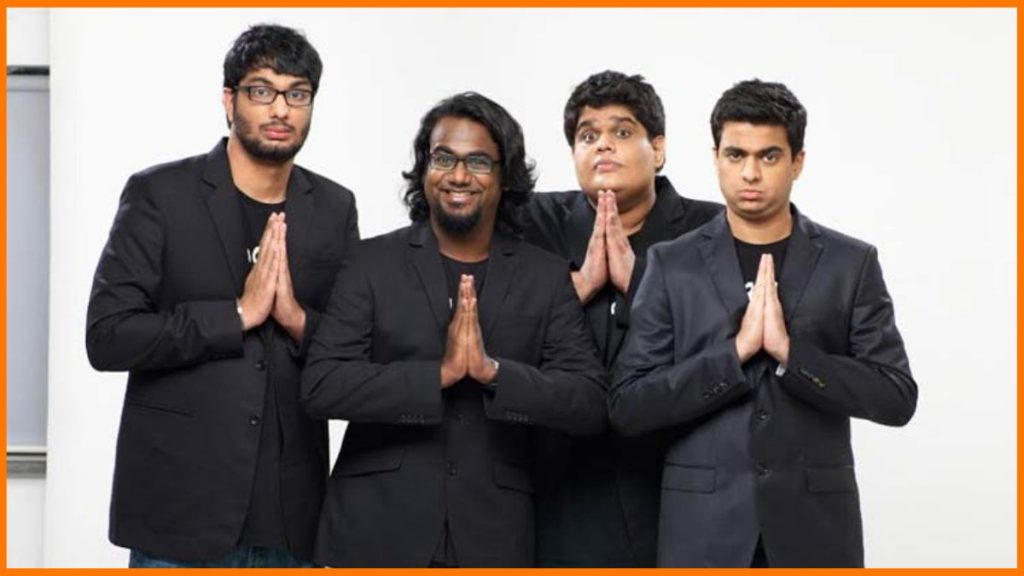
Hosted by the All India Bakchod collective, this was India’s first real, high-production roast. Featuring Karan Johar as host and Ranveer Singh and Arjun Kapoor as the guests getting scorched, it was loud, foul-mouthed, fearless and unlike anything India had seen before. (Image courtesy: startuptalky)
And the country exploded. Some people laughed so hard they cried. Others skipped the laughter and went straight to filing FIRs. Religious groups protested. The government got involved. Even Bollywood was divided; some defended it as bold comedy, others labelled it vulgarity dressed as entertainment.
The video was eventually taken down. Apologies were issued. But the damage, or the revolution, was done. AIB had kicked open a door that could never be fully closed again.
The Post-AIB Scene: Burnt but Buzzing
After the AIB Knockout went nuclear, Indian comedy didn’t go underground, it just got smarter. Comics took off their flamethrowers and picked up scalpels. The art of insult was still alive, but now it wore a three-piece suit and quoted poetry.
They didn’t retreat. They recalibrated. Because let’s be real, India wasn’t cancelling comedy. It was just allergic to loud profanity packaged as entertainment.
Enter: the age of crowd work and calibrated chaos
Live shows transformed. Comedians stopped shouting into the void and started talking to the crowd. Roasting became a dialogue, not a monologue. It was clever, contextual, and designed to sting just enough without needing an apology video the next day.
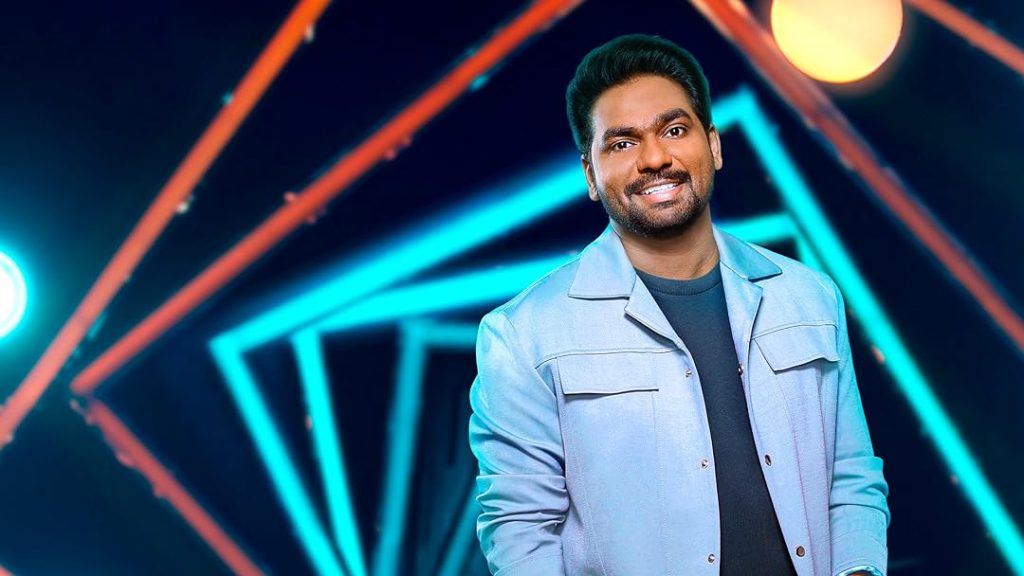
Zakir Khan emerged as the soft-spoken sniper. His burns aren’t loud, but they linger. He will call out societal hypocrisy with the elegance of a ghazal and the force of a flying chappal. Kunal Kamra, on the other hand, isn’t here for subtlety. He walks into political fires wearing a gasoline hoodie and people line up to watch him do it again. Anubhav Singh Bassi became the lovable class clown who roasts his past so ruthlessly, you wonder if his friends still talk to him. (Image courtesy: media-amazon)
The new school of comics figured out what AIB didn’t – you can roast India, but only if you do it like an insider with a mic, not an outsider with a megaphone.
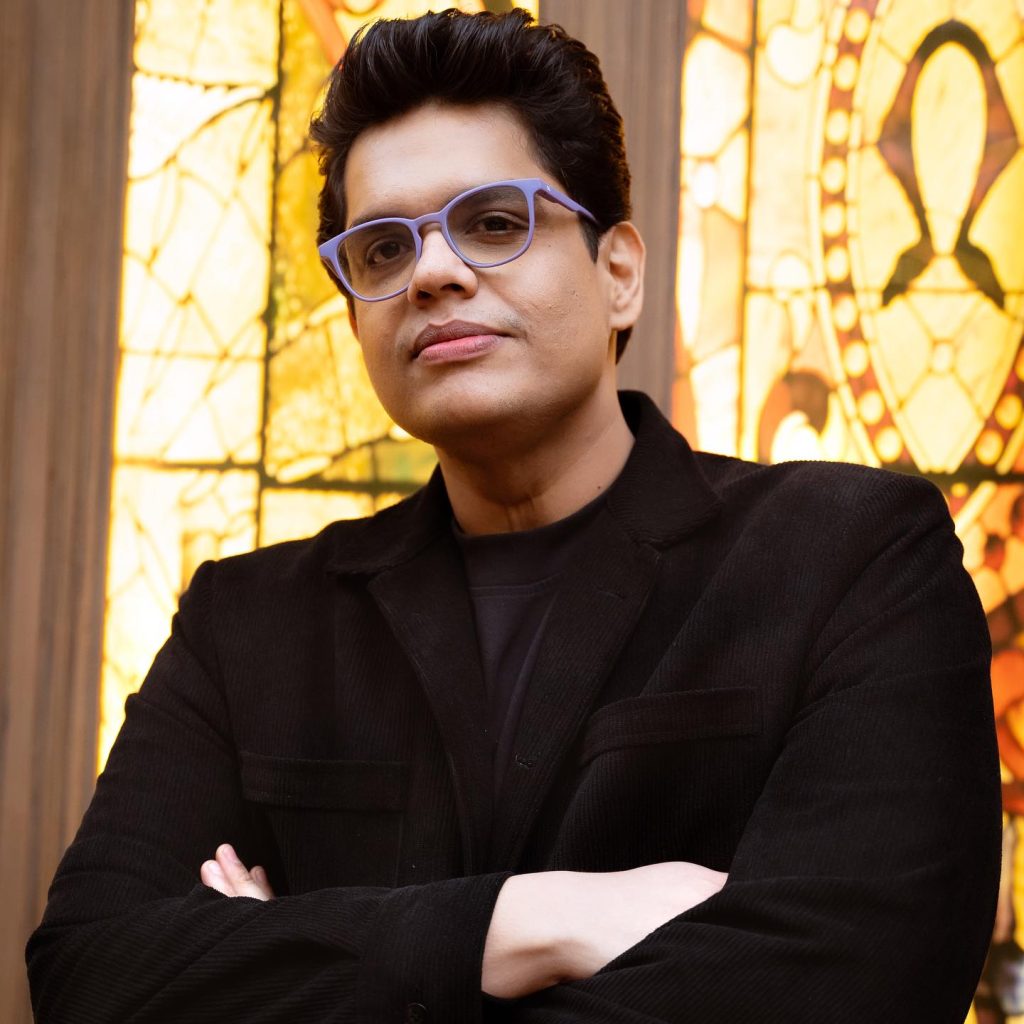
After the AIB debacle, a lot of comedians pulled back. But they didn’t retreat. They recalibrated. Including Tanmay Bhat, the face most synonymous with AIB’s meteoric rise and its public fallout. (Image courtesy: myfitness)
While AIB may have fizzled, Tanmay didn’t vanish. He pivoted. From stage to stream, from roasts to reactions, he rebuilt. His YouTube presence now shows a more introspective, self-aware comic, which is still funny, still sharp, but no longer swinging blindly. Instead of dodging controversy, he dissected it. With honesty. With humour and With that signature smirk that says, “Yes, I know I said it. Now hear me out.”
In many ways, Tanmay became a post-roast-era icon; not because he stayed the same, but because he evolved.
Live Roast Battles and Indian Comedy Clubs
Miss the old-school roast format? Head to a club in Mumbai or Delhi on the right night, and you will witness glorious destruction; live and uncensored.
Roast battles are back, but this time they are structured, timed, and frankly better written.
Two comics. One mic. A room full of strangers. And zero mercy.
Think of it as WWE, but with punchlines instead of pile-drivers.
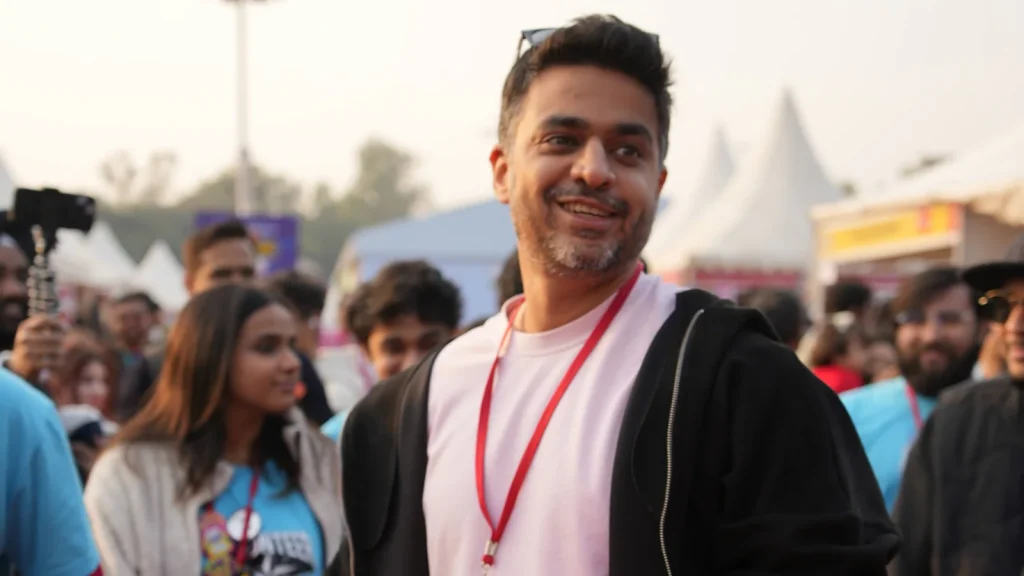
Comedians like Shreeja Chaturvedi, with her dark humour and bone-dry delivery, can make a roast feel like therapy. Sumaira Shaikh blends personal trauma and political sarcasm into something simultaneously moving and hilarious. Rohan Joshi, with his razor wit, roasts both systems and selfies with the same precision. Samay Raina with his awkward comic timing is one hell of a joy ride. (Image courtesy: indianexpress)
And audiences? They are loving it. Gen Z and millennials don’t want PG-13. They want context, conflict, and comedy with teeth.
These live battles aren’t “you’re ugly” cheap shots, they are “you’re the human embodiment of a Delhi traffic jam” masterpieces.
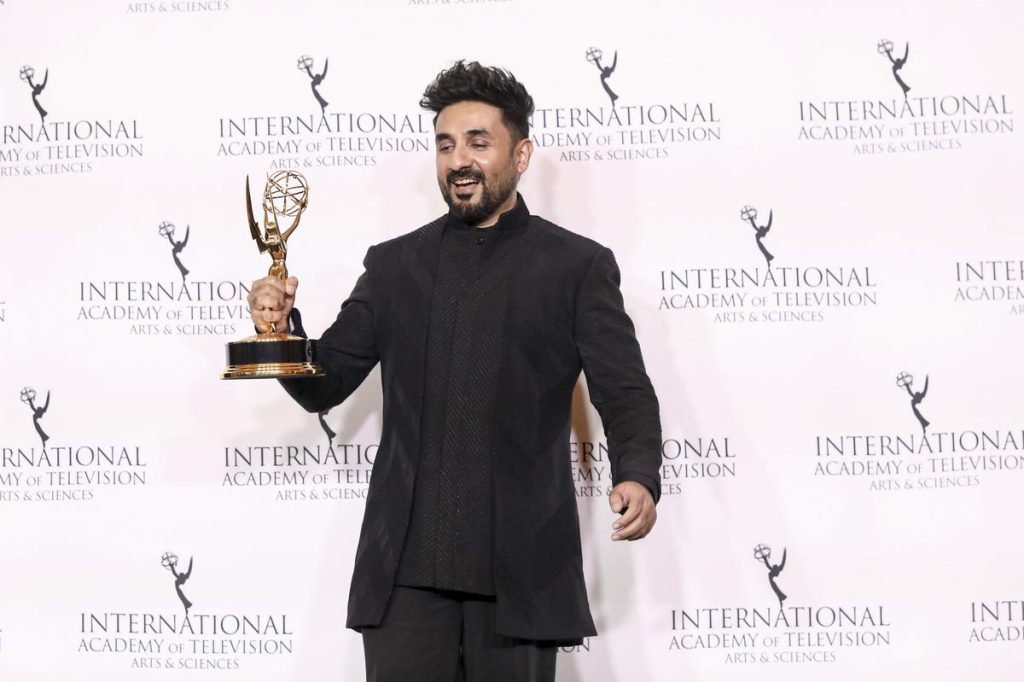
And then there is Vir Das, the global citizen of Indian comedy. He may not call out audiences with “you look like a failed influencer” jabs, but make no mistake: his monologues are roasts in disguise. Of culture. Of politics, Of hypocrisy wrapped in nationalism. (Image courtesy: thgim)
Vir took roast culture and stretched it into long-form storytelling. He burns with elegance. His International Emmy-nominated “Two Indias” monologue? That was less a stand-up set and more a nationwide roast which is poetic, controversial, unforgettable.
He taught Indian comics that roasting doesn’t always need punchlines, it can come in prose. And it can still ignite.
It won’t be wrong to say that Tanmay Bhat and Vir Das represent two poles of modern Indian roast culture. One rose from internet flames and turned reflection into content. The other walked onto global stages and roasted a nation with a mic and a metaphor. Both faced backlash. Both stood their ground. And both, in their own way, proved that in India, the smartest burns come from those who first learned to burn themselves.
Famous Roast Comics: Legends with the Mic

Here’s a hall of fame for roast royalty: (Image coutesy: ranker)
India’s Modern Roasters:
- Tanmay Bhat – The AIB co-founder turned streamer-critic. Now roasts trends and society with depth.
- CarryMinati – YouTube’s original firestarter. No one’s safe.
- Zakir Khan – Not a traditional roaster, but a quiet assassin with cultural burns.
- Kunal Kamra – Politically charged, unapologetic, and hilariously uncomfortable.
- Vir Das – More roast poet than punchline artist, but devastating nonetheless.
- Slayy Point – Gen Z’s commentary kings.
- Bassi, Rahul Dua, Kenny Sebastian, Samay Raina – All dabble in smart observational roasts.
International Heavyweights:
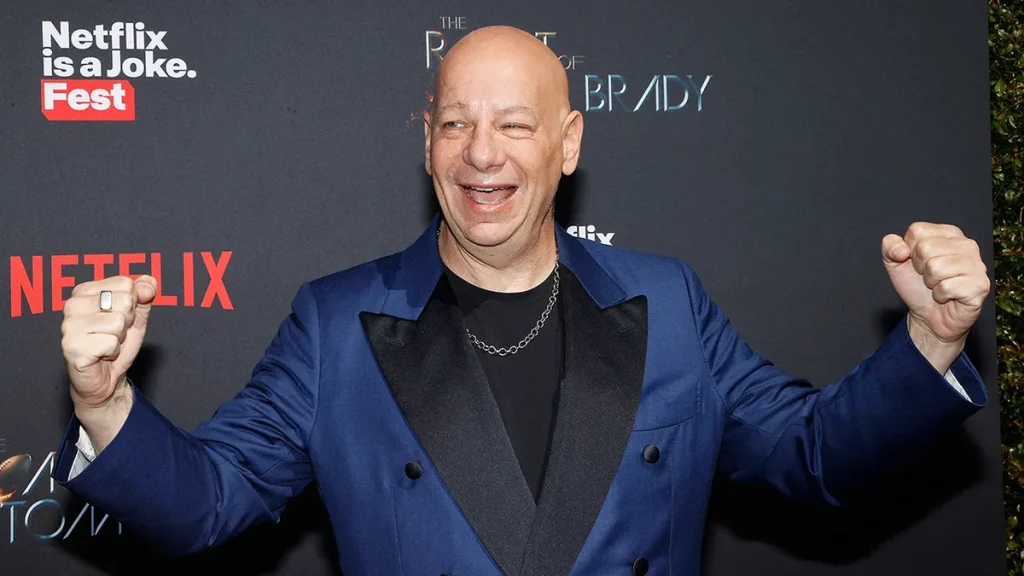
- Jeff Ross – The undisputed Roastmaster General. (Image courtesy: foxnews)
- Nikki Glaser – Deadly, razor-sharp burns delivered with a smile.
- Joan Rivers – The original queen of insult comedy.
- Don Rickles – The grandfather of roast. No one was off-limits.
- Dave Chappelle – He doesn’t do roasts, but every special is a brutal, brilliant cultural takedown.
- Ricky Gervais – The man who roasted Hollywood to its face at the Golden Globes.
- Anthony Jeselnik – Dark, twisted, and disturbingly funny.
These are the comedians who didn’t just master roast—they turned it into high art.
What Makes Indian Roast Comedy Unique?

Language Layering: Hinglish isn’t a mix; it’s a weapon. One line can begin in English, detour into sarcasm via Hindi, and land in a local dialect with punch. It’s code-switching with a kill shot. (Image courtesy: ytimg)
Cultural Subtext: Indian roasts play on arranged marriage disasters, caste undertones, Bollywood clichés, and childhood trauma dressed as ‘discipline’. What sounds like a joke is often a multi-layered cultural takedown.
Sentiment with Sass: Indian comics often inject emotional intelligence into their roasts. Even while burning someone, they manage to evoke empathy. It’s brutal, but never heartless.
In short, Indian roast comedy is less about destruction and more about deconstruction; breaking people, topics, and society down for laughs and reflection.
The Risks and the Rewards

Let’s face it, India loves a laugh, but hates being the punchline. (Image courtesy: ytimg)
Cross a line, and you won’t just lose followers. You might win a legal case. Say something about the wrong god, political party, or TV serial, and your inbox becomes a battlefield.
Comedians operate under constant threat; of outrage, of FIRs, of losing brand deals. They rehearse punchlines like courtroom statements, prepared for the day a joke becomes Exhibit A.
But if you get it right? You are gold.
You become a voice. A rebel with a mic. Someone who is not just funny, but fearless. And that’s rarer than viral fame; it’s cultural influence.
Roast Culture’s Evolution: From Fire to Framework
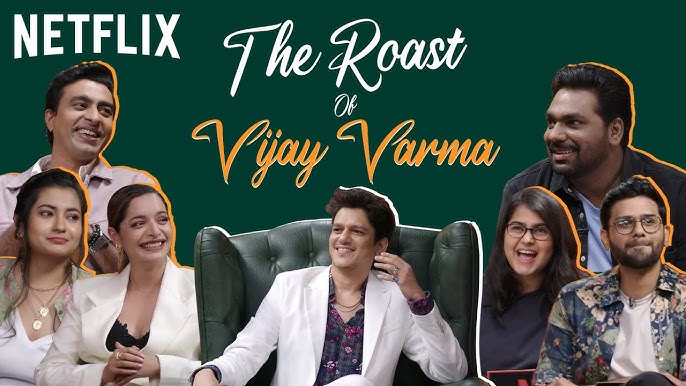
Today’s Indian roast comedy doesn’t just roast people, it roasts power structures, institutions, social norms. (Image courtesy: ytimg)
It’s therapy; watching someone say what you have always wanted to scream at your boss.
It’s mirror work, reflecting the absurdity of your relatives asking about your salary at every wedding.
It’s performance art, but with memes and mic drops.
The best comics don’t shock for attention, they provoke with precision. They know the difference between being edgy and being exploitative. And they understand the line between dark humour and darkness with no humour.
They don’t just burn. They illuminate.
Final Burn: The Comedy That Leaves a Mark
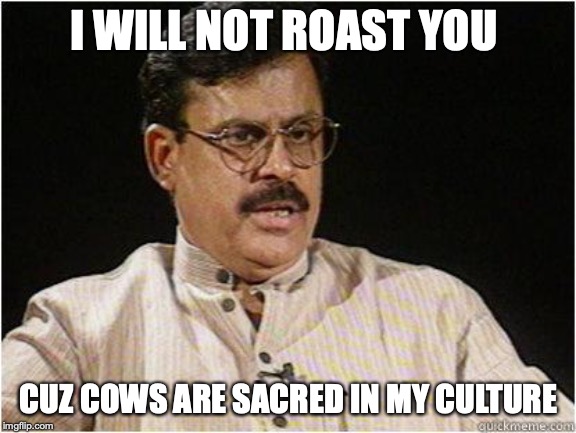
Roast comedy in India is no longer just a Western import. It has become its own genre, with regional flavours, cultural complexity, and a fanbase that thrives on chaos wrapped in craft. (Image courtesy: imgflip)
Yes, it’s risky. Yes, it can backfire. But it also makes people feel, seen, heard, and even healed.
So the next time a comic takes the stage and delivers a roast that makes you wince and wheeze, remember: they are not just being funny. They are pushing boundaries.
Because in this country, if someone burns you publicly with an acceptable killer punchline?
You are not cancelled. You are crowned.
At engage4more, we have worked closely with over 2,500 speakers, including India’s top stand-up comedians, speakers, seasoned hosts and emcees. We help you find the right fit for your audience and your message. The process is smooth, the pricing fair, and we offer valuable additions like pre-event buzz, coverage via our social media handle, and even interactive quizzing to keep the momentum going long after the applause ends.


